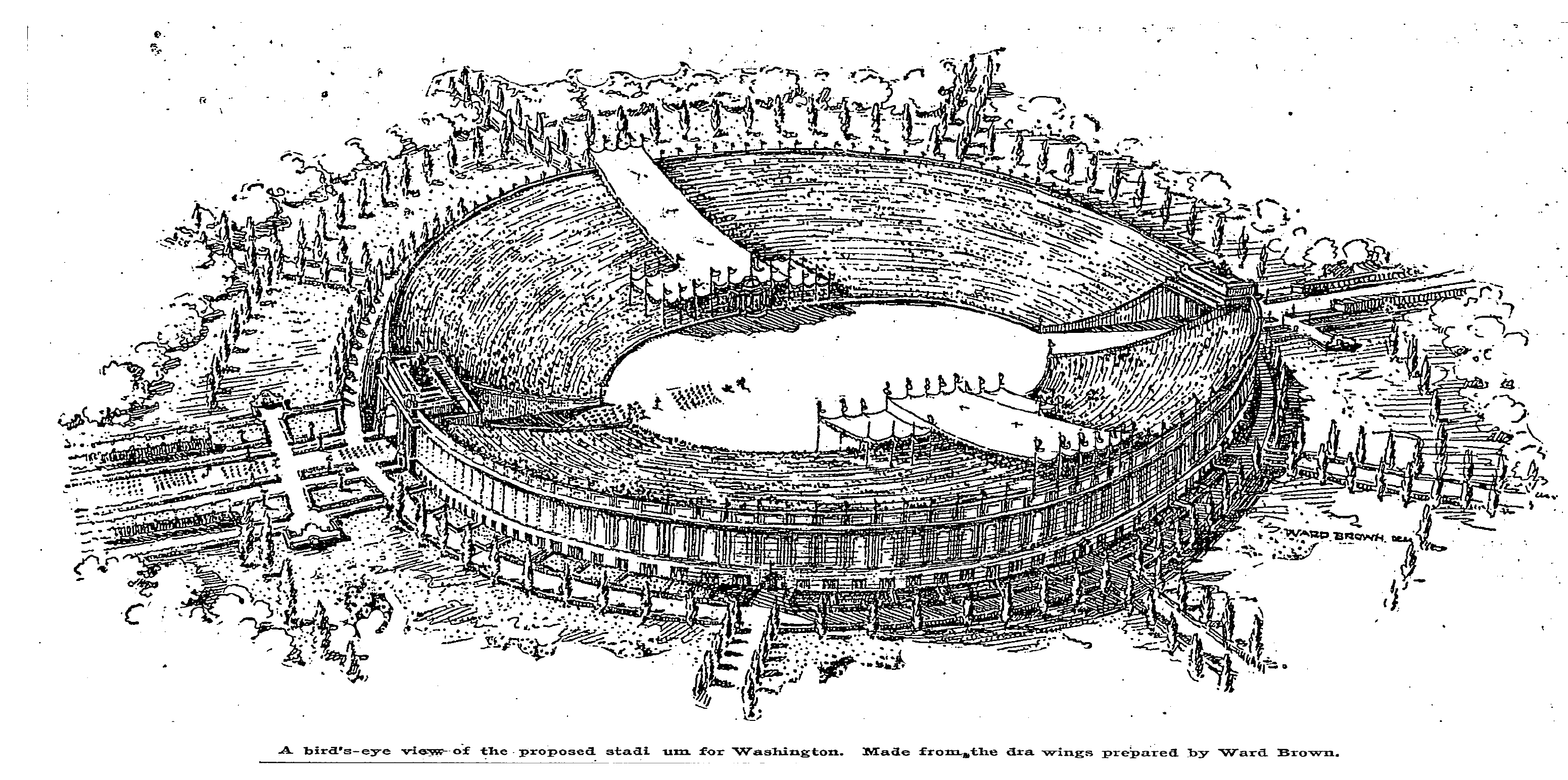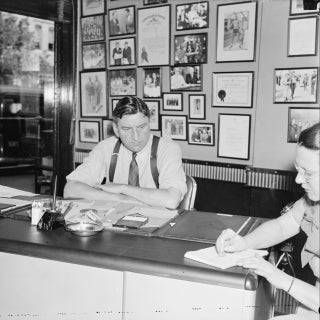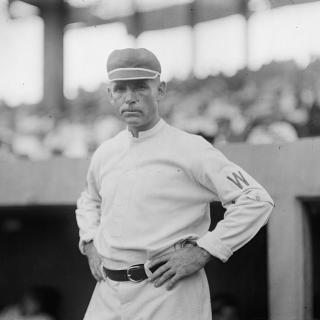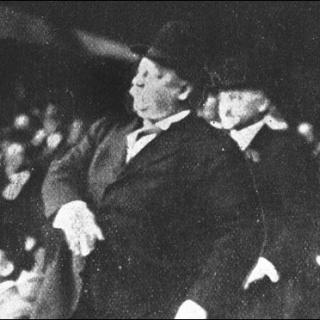A Roman-style Colosseum on the Potomac?
If a local architect and a couple of U.S. Senators had been able to get their way, instead of the Lincoln Memorial, Washington might have honored the 16th President with a grandiose stadium patterned after the Roman Colosseum.
It was January 1911, and Congress was about to pass legislation to create the Lincoln Memorial Commission, to advise on the final plan for a monument to the slain president along the banks of the Potomac. But architect Ward Brown, secretary of the Washington chapter of the American Institute of Architects, dreamed up an exotic alternative to the shrine and statue that most others had envisioned. The Washington Post, in a lengthy article entitled "Planning a Gigantic Stadium in Washington to Dim the Glory of Rome's Noble Colosseum," described Brown's plan for a marble and concrete elliptical stadium 650 feet long and 550 feet wide, and standing 10 to 12 stories in height--roughly the size of Roman Colosseum, except that the latter was slightly taller. The proposed structure featured other classical affectations as well, including two great triumphal arches, 40 feet wide and 85 feet high, which would serve as the main entrances. Six smaller portals would have surrounded them. The stadium would have seated 87,000, with room for another 15,000 standing spectators.
"With such an arena available, the possibilities for exhibitions and for sports would be unlimited," the Post proclaimed, going on to envision the Olympic Games being held there, as well as the Army-Navy football game and the World Series, provided that the Washington Senators--who finished 7th that year, with a 64-90 record--were able to improve enough to win the American League pennant. An international equestrian show was another possibility. But that was just the start. The Post also envisioned locating the stadium close to the Potomac and digging down to make its floor 8 to 12 feet below the level of the stands, so that river water could be pumped into the structure--much as the First Century Roman emperor Titus had pumped water into the Roman Colosseum so that he could stage a mock naval battle. "If it was so desired, [the stadium] could be used part of the year as a huge swimming pool for citizens," the newspaper suggested.
Brown--a Mayflower descendant and son of a California state senator who mostly designed and renovated houses--was an unlikely choice for a project of such grandeur. He explained to the Post that "the stadium can cost just as much as Congress and the people desire it to cost...If marble were used throughout, the cost would be very high, but if marble were used only for the base and for the trimumphal arches..and the rest of the construction were of reinforced concrete, the cost would be far less." With that sort of economizing, Brown estimated that his version of the Colosseum would cost as $2 and $3 million to build--roughly the cost of the original Yankee Stadium in the Bronx when it was built 12 years later.
The Post article cited two U.S. Senators--Sen. Shelby Moore Cullom, R-Il., and his colleague Sen. Robert Jackson Gamble, R-S.D.--as supporters of the stadium project, and hinted that they might soon even introduce legislation to authorize its construction. Instead, though, local historian Brett L. Abrams, author of Capital Sporting Grounds: A History of Stadium and Ballpark Construction in Washington, D.C., writes that the project never gained much traction. Instead, we eventually got the Lincoln Memorial. Brown went on to design of the Nuns of the Battlefield monument at the corner of M Street and Rhode Island Avenue NW, which is listed in the National Register of Historic Places, the residence of the Netherlands ambassador at 2347 S. Street NW. He also remodeled the structure that became Mrs. K's Toll House on Colesville Road in Silver Spring.






![Sketch of the mythical fuan by Pearson Scott Foresman. [Source: Wikipedia]](/sites/default/files/styles/crop_320x320/public/2023-10/Goatman_Wikipedia_Faun_2_%28PSF%29.png?h=64a074ff&itok=C9Qh-PE1)












